Vietnamese stocks remain excellent value
 Could you share your views on investment opportunities in frontier/emerging markets? Which are best now?
Could you share your views on investment opportunities in frontier/emerging markets? Which are best now?
At present we see Vietnam, Bangladesh, Sri Lanka, Pakistan and Mongolia as holding the best investment opportunities and these markets make up the majority of our portfolio holdings. There are many other Asian frontier countries that have great potential but there are also fewer public equities available locally. With so many different factors driving their own growth stories, it can be difficult to compare these countries. We look not only at the potential of these markets, but also the attractiveness of the valuations and overall macroeconomic situation when deciding which markets to invest in.
How are investment opportunities defined?
Along with the rest of the world, Vietnam faced some difficulties during the global financial crisis, but many of these have been worked through. On a macro basis, the fundamentals are also very strong. The country has close to 90 million people, a median age of 29 and a literacy rate of 93 per cent, yet the economy is half the size of Thailand which has a population of only 67 million. With greater emphasis on reforms in the state-run sector, as well as the growth of private enterprises in Vietnam, we expect to see the country reach the point Thailand is at today.
The VN-Index is still less than half of the index level it reached during its peak in March 2007. Since then, many companies in non-financial sectors have been growing organically and as a result of this these companies are trading today at a huge discount compared to other emerging and frontier markets in Asia, and around the world.
In Vietnam, many sectors offer great potential to investors, but we expect some sectors to outperform others. Since Vietnam has a large, well-educated workforce, increasing foreign investment will create more job opportunities for workers and this will lead to an increasing amount of money in their pockets at the end of each month. For this reason we like the consumer, agriculture and industrial sectors. Vietnam is also seeing increasing attention from investors and individuals around the world, so we want to own the things they will want to buy, such as securities trading businesses and the tourism sector.
Could you cite some examples of Vietnamese companies in which your funds have invested?
One example is Vinasun (VNS), the largest taxi operator in Vietnam. The company is well-positioned to profit from Vietnam’s continuing urbanisation, with 42 per cent market share in Ho Chi Minh City and a reported return on equity of 21 per cent. Despite its high growth potential, VNS trades at a P/E of just 8.4x, which is a significant discount when compared to regional peers such as Express Transindo, a similar company in Indonesia that trades at a P/E of almost 22x.
How about the performance of your funds?
When Asia Frontier Capital spun off from Leopard Capital in June 2013, we had only the AFC Asia Frontier Fund, which had just over $2 million. Now it has grown to $8.3 million. The second fund – AFC Vietnam Fund – was launched in December 2013 and its current size is $6.5 million. Both funds have performed very well, with YTD returns of 13.8 per cent and 10.7 per cent, respectively, as of April 30.
Are the rewards enough to mitigate risk?
Our funds invest in Vietnam, Pakistan and Iraq along with many other Asian frontier markets that some view as high risk. At the moment, the international news reports on risks such as political tension, civil unrest and secular violence and this makes many people think of frontier markets as “risky”. What they don’t tell you, however, is that the drivers of these issues in each of these markets has very little to do with other markets. For example, an insurgency in Pakistan is not likely to have an impact on the Vietnamese political process in the same way that the current tensions in the East Sea are not related to the policies that drove voting in recent elections in Iraq.
Regardless of what happening in the news today, tomorrow Pakistan will still have a population of 190 million people and Vietnam will still have a median age of 29 and a well-educated population contributing to its stock of human capital.
The “boring” things – that don’t typically make the front page – are what we see driving these markets longer term, so investor fear and ignorance about the vast differences between these markets is a great thing for us as we are able to take positions at lower prices, whilst others sit on the sidelines waiting for clear skies.
As an organiser of the Investment Forum (VIF) 2014, together with VIR and HVS Vietnam Securities Co., what do you expect from the engagement?
We see the long-term potential for investment in Vietnamese equities to be extremely good. That said, throughout the development process, all markets face conflicting forces stemming from domestic and international economic issues as well as domestic and foreign investment. With an open dialogue between investors, companies and government decision makers, the prospects for more stable growth will improve in the future.
This forum represents an opportunity to enhance the discussions between local and domestic investors, as well as local companies and government decision makers. We want people to see the underlying opportunities that we see in Vietnam and also to voice any concerns we see that could slow down the returns for investors or overall development of the country.
What the stars mean:
★ Poor ★ ★ Promising ★★★ Good ★★★★ Very good ★★★★★ Exceptional
Latest News
More News
- SHB recognised as the bank with the best SME initiative (August 06, 2024 | 21:50)
- Vietnam and Singapore ink MoU to promote development of stock markets (August 06, 2024 | 21:48)
- Experts discuss payments innovation at Citi roadshows (August 06, 2024 | 13:21)
- Asian stocks rebound from rout as Fed faces calls to cut rates early (August 06, 2024 | 12:07)
- Mixed fortunes for profit in banks in 2024 (August 05, 2024 | 21:02)
- VIB boosts credit card ecosystem (August 05, 2024 | 21:01)
- Corporate bond issuances more than double in seven months (August 05, 2024 | 17:10)
- The aspects behind finance and banking in Vietnam today (August 03, 2024 | 08:00)
- Vietnam and Australia bodies forge stock market partnership (August 02, 2024 | 16:14)
- Backbase launches AI Centre of Excellence in Ho Chi Minh City (August 02, 2024 | 16:12)

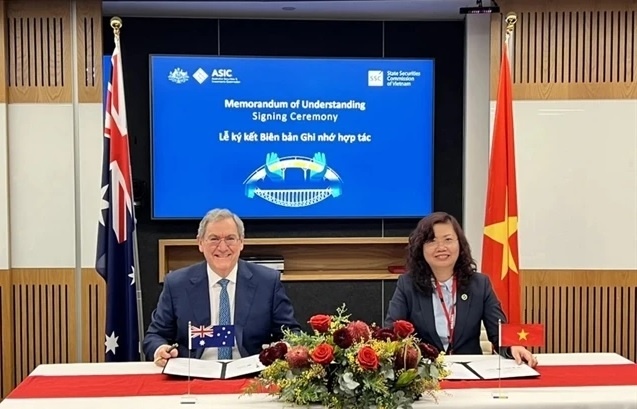

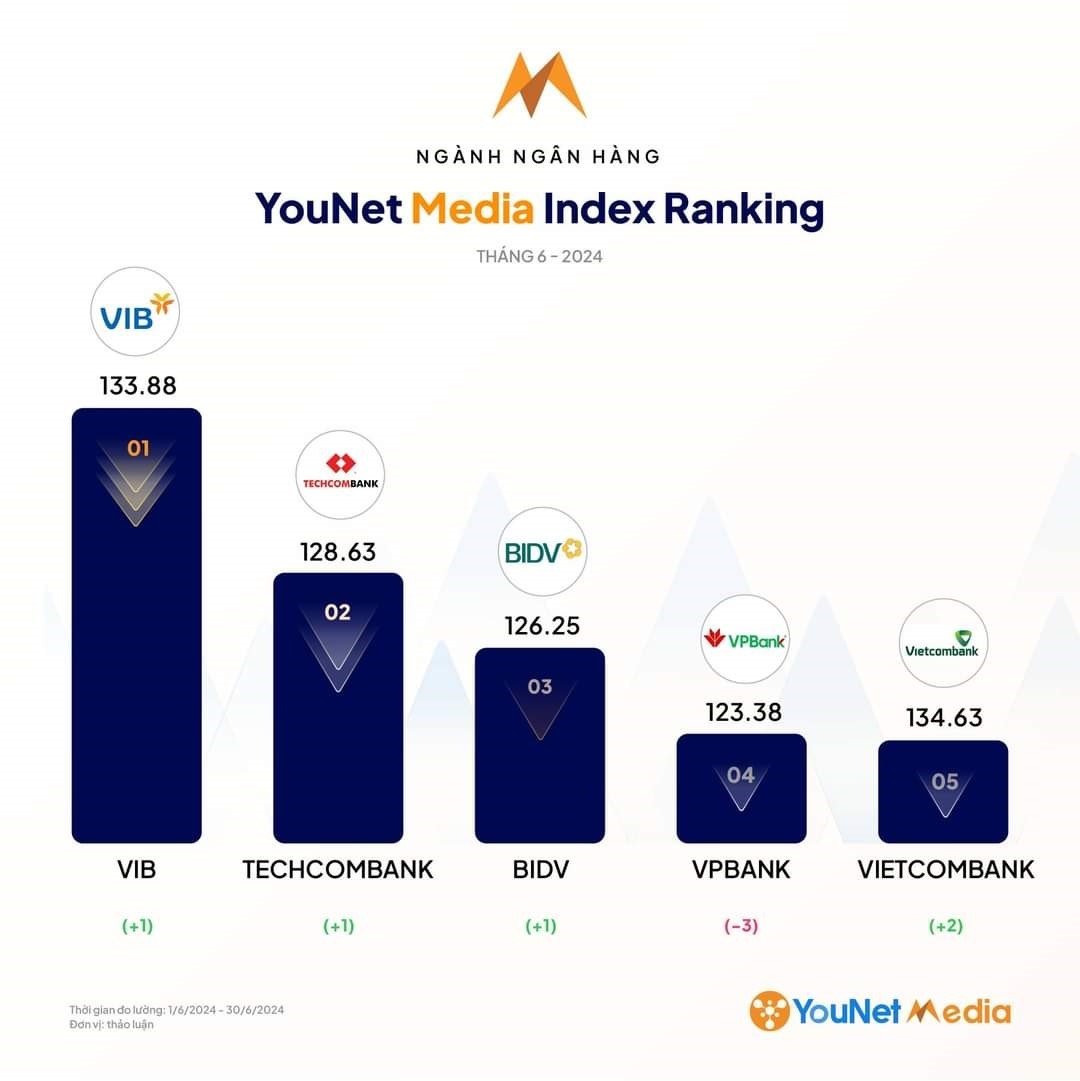
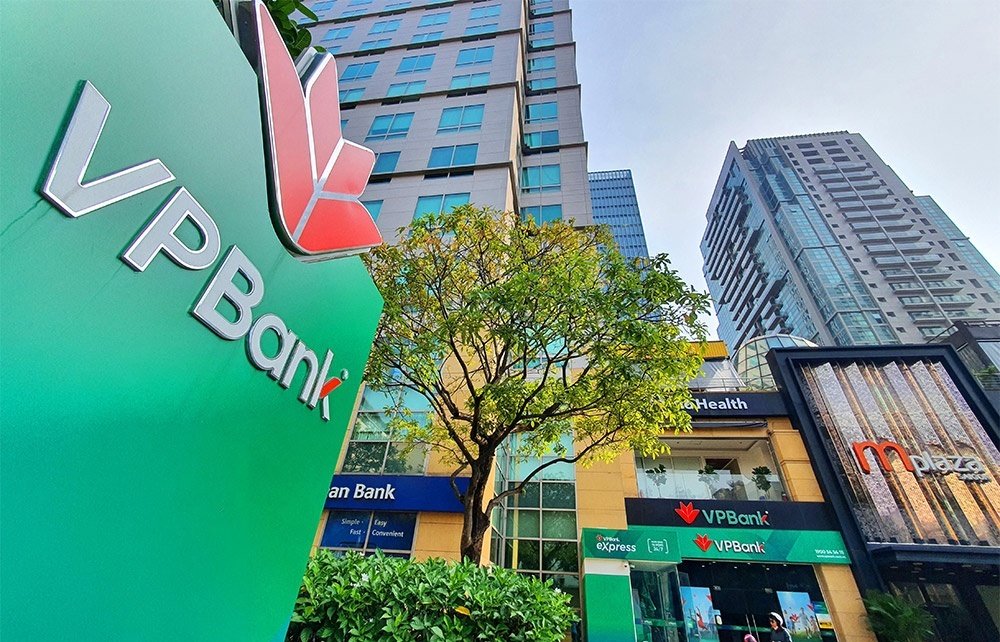

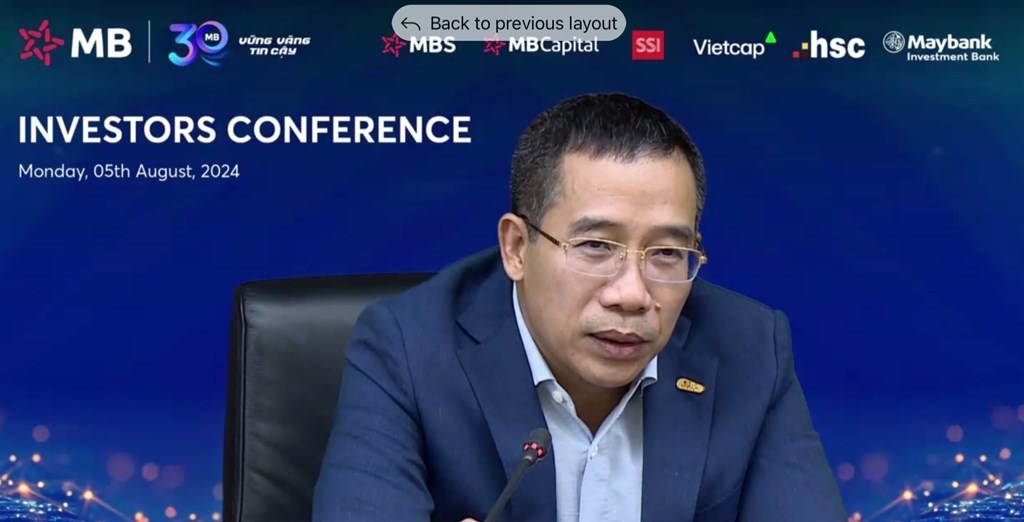




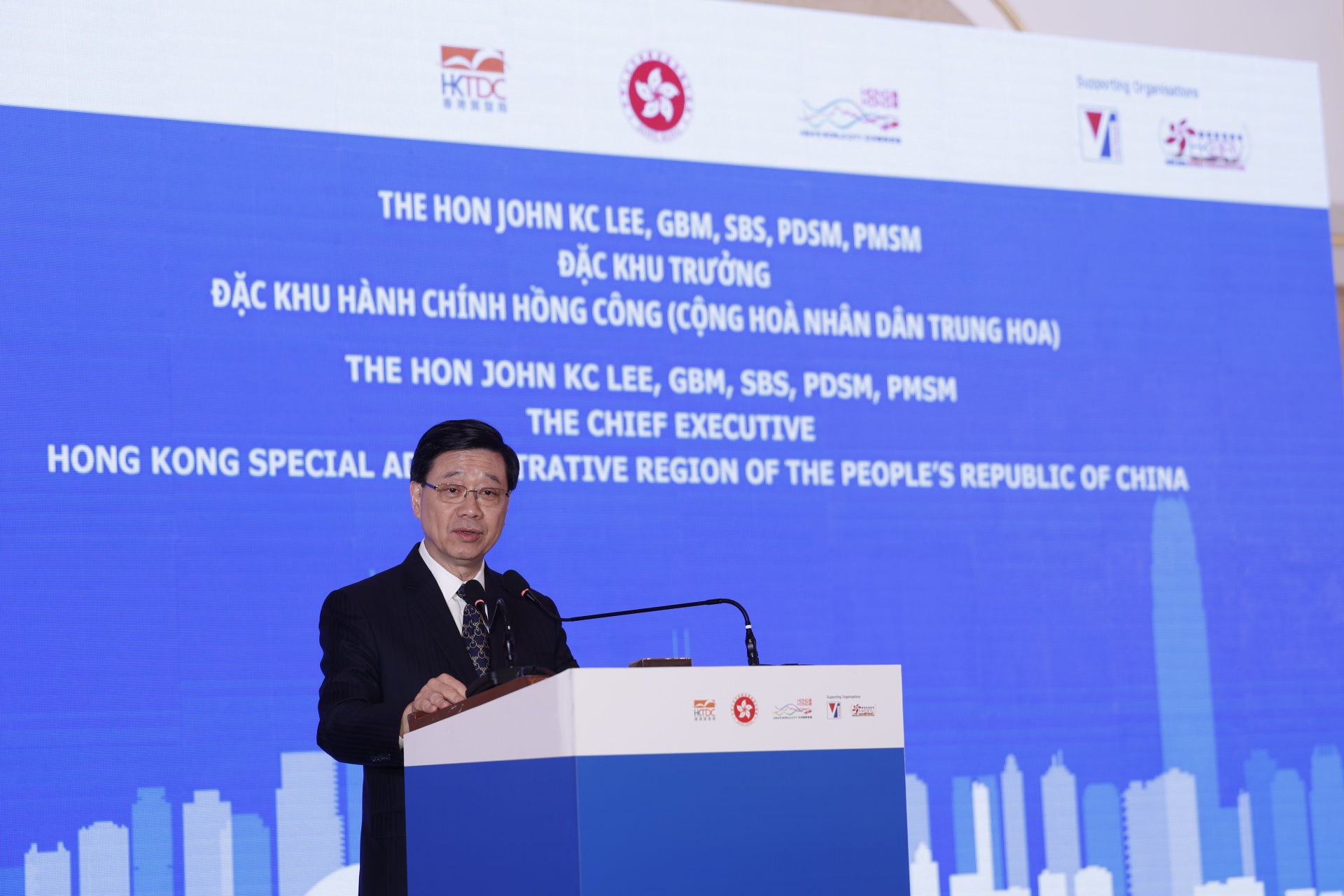
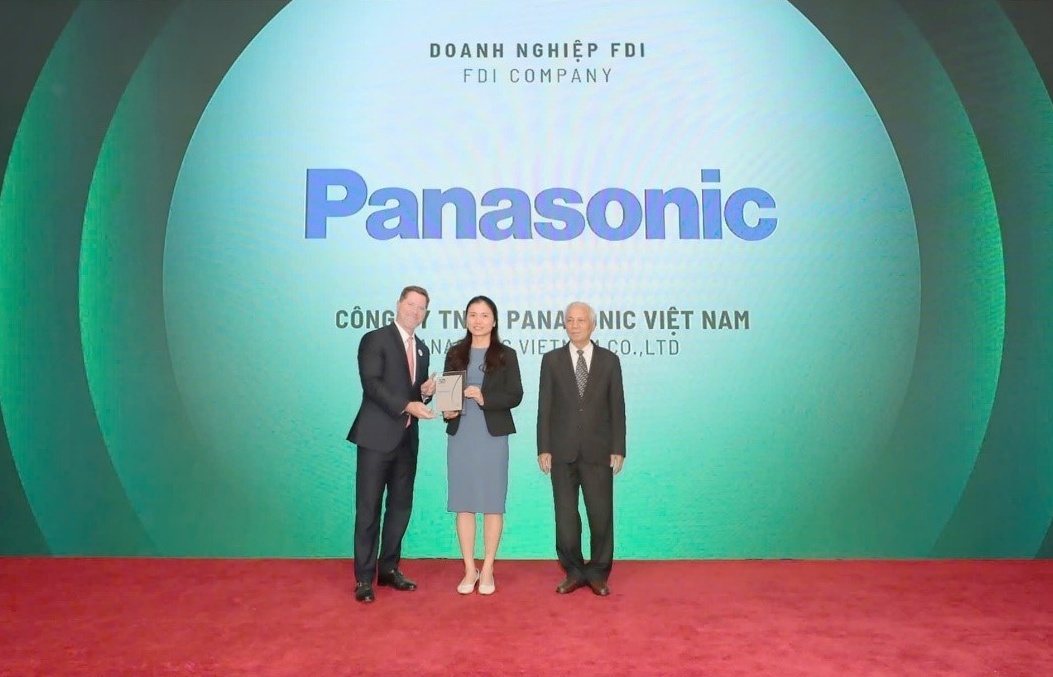
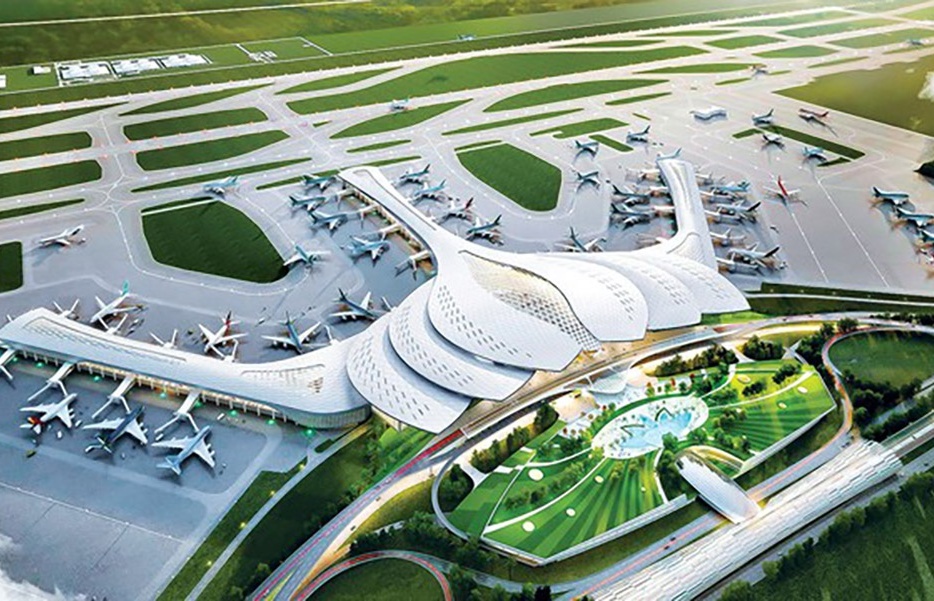



 Mobile Version
Mobile Version